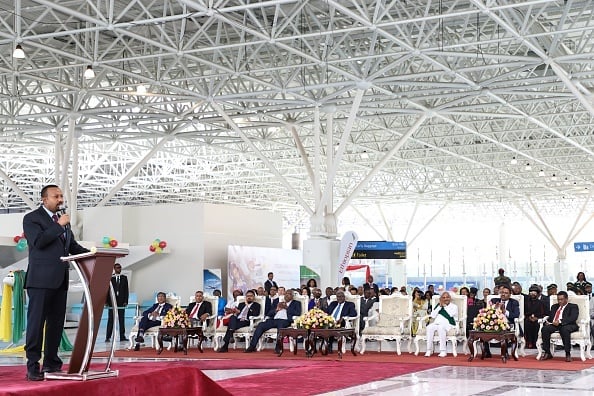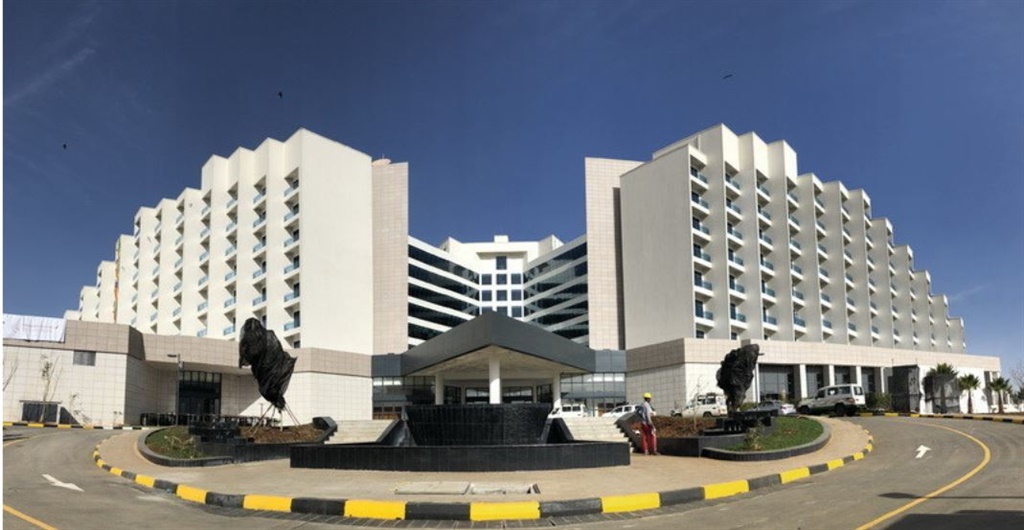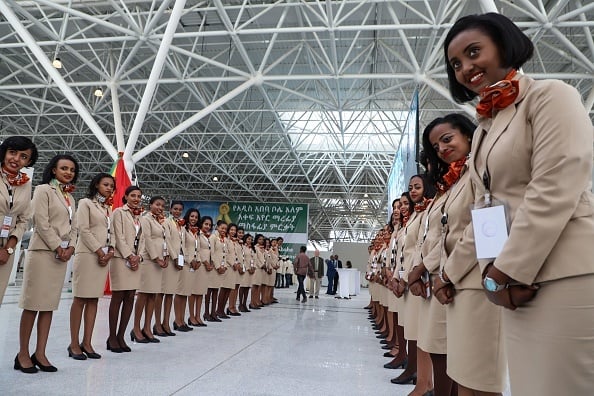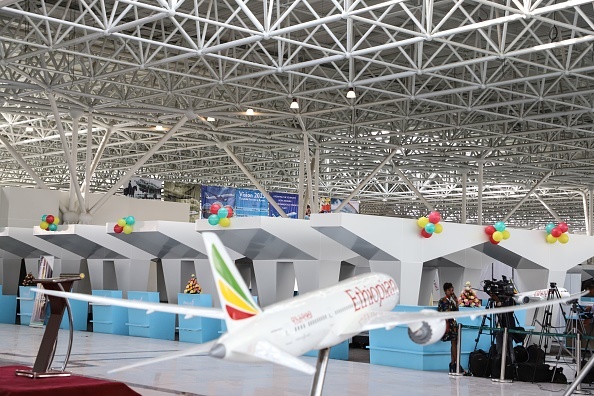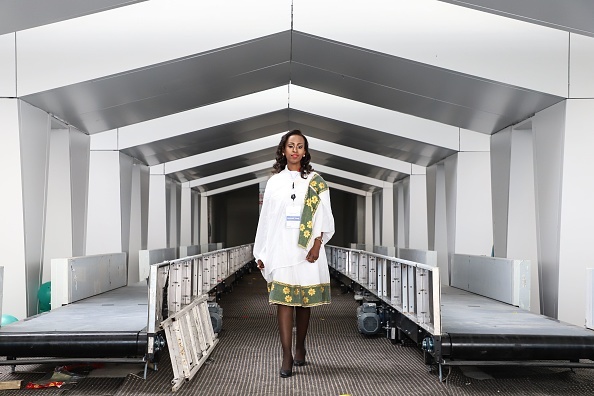| George Tubei |
- Ethiopia’s newly expanded Addis Ababa Bole International Airport terminal, the biggest airport aviation hub in Africa, has been opened.
- The airport can now accommodate up to 22 million passengers a year.
- It also incorporates a large new five-star hotel.
The biggest airport aviation hub in Africa – larger than Johannesburg’s O.R. Tambo International Airport – is now ready for use.
Ethiopian Prime Minister Abiy Ahmed has inaugurated the newly expanded Addis Ababa Bole International Airport terminal, the biggest airport aviation hub in Africa.
The China-funded project began construction in 2015, and cost an estimated R467 million.
The terminal comes equipped with modern amenities including automated bag drop solutions, e-gates, self-check-in kiosks, baggage handling and the latest airport security technologies.
The airport can now accommodate up to 22 million passengers a year. OR Tambo currently handles around 17 million passengers.
Addis Ababa last year overtook Dubai as the leading gateway to Africa, according to travel intelligence agency ForwardKeys.
The terminal and the new five-star luxury hotel that was recently launched by the airline are a great boost for the state carrier. The five-star Ethiopian Skylight Hotel rests on 40,000 square metres and has 373 rooms with 27 presidential and executive suites, four restaurants and a conference and banquet hall that can hold 2,000 people at a time.
The hotel will also have the largest Chinese restaurant on the continent.
Ethiopian Airlines is currently implementing a 15-year strategic plan aimed at becoming Africa’s leading airline group.
Founded 74 years ago, the airline has an operating fleet of 111 planes – compared to SAA’s 64 aircraft. It currently flies to more than 119 international passenger and cargo destinations, with over 61 of those in Africa alone.
In the past five years, Ethiopian Airlines has doubled the number of their passengers, and increased its profit fivefold. Meanwhile, SAA lost nearly 300,000 passengers and posted six consecutive years of operating losses, amounting to more than R12 billion.
SAA was also replaced by Ethiopian Airlines as Africa’s largest carrier last year after Ethiopian Airlines managed to grow its seat capacity by 177.7% in 7 years.
Ethiopian Airlines has strategically invested across Africa, making deals to revive defunct airlines, setting up hubs in countries including Togo, and partnering with airlines in Malawi, Chad, and Mozambique.
The country also announced that it would start granting visas on arrival to people from Africa.














